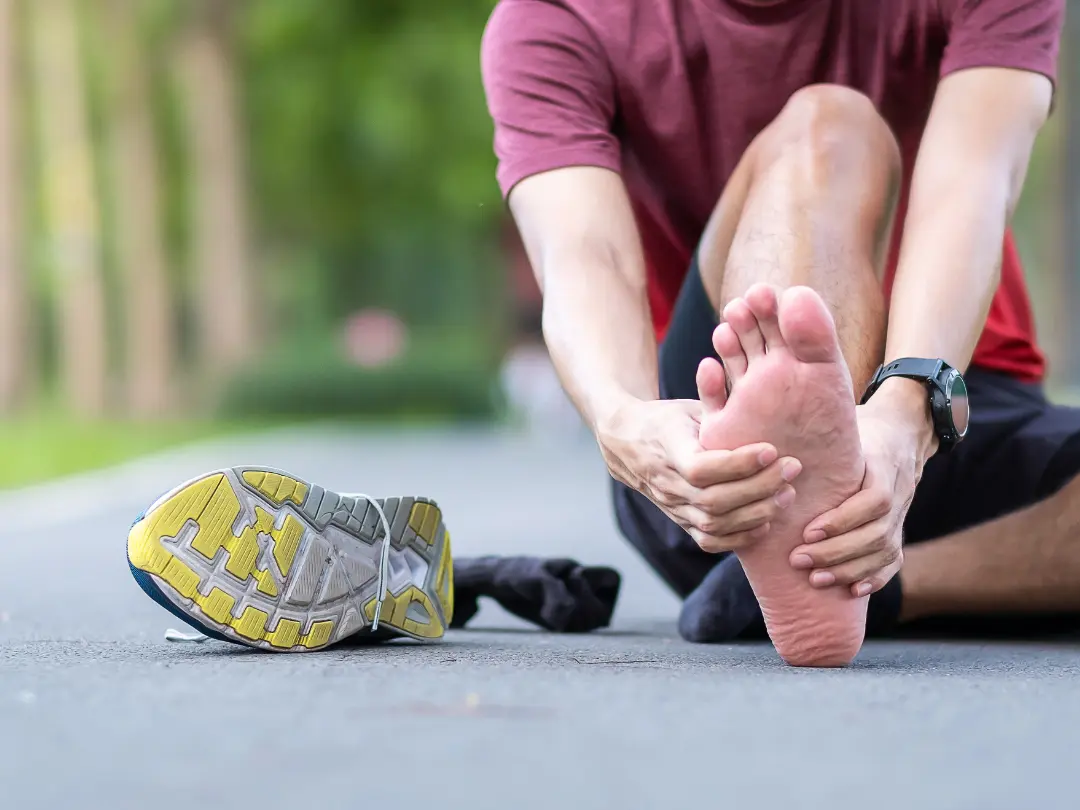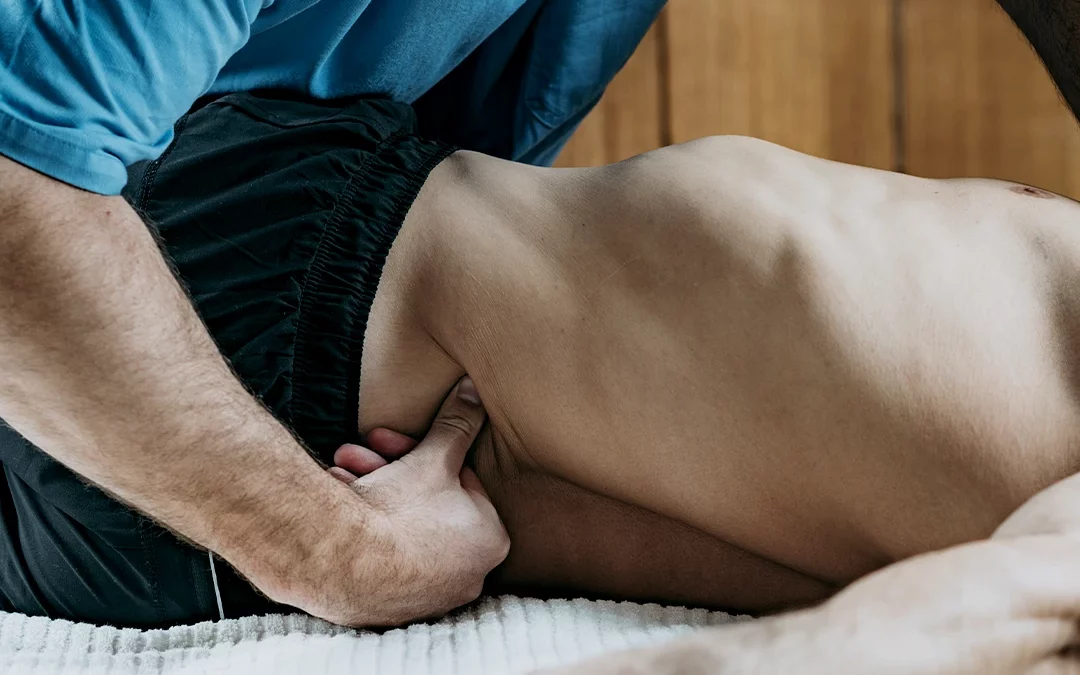Plantar fasciitis (plantar fasciopathy), a prevalent foot condition, can disrupt daily life due to the persistent pain and discomfort it causes. As a physical therapist, I often work with individuals seeking relief from this ailment. Understanding the condition and employing effective treatment strategies are crucial in managing its symptoms and improving quality of life.
Understanding Plantar Fasciitis: Causes and Symptoms
Plantar fasciitis involves inflammation of the plantar fascia, a thick band of connective tissue running from the front of the heel bone to the toes, which helps to support the arch of the foot. The resulting pain, typically felt at the bottom of the heel, can be sharp, stabbing, or dull and is often most noticeable during the initial steps in the morning or after periods of rest. The pain could be caused by either shortening or stretching of the plantar fascia, depending on your foot posture (high arch or flat feet).
Effective Ways to Treat and Mitigate Pain Caused By Plantar Fasciitis
Rest: Limiting activities that exacerbate pain helps in reducing stress on the plantar fascia.
Ice Therapy: Applying ice to the affected area for 15-20 minutes several times a day can alleviate inflammation and ease discomfort.
Calf Stretch: Stretching the calf muscles can alleviate tension on the plantar fascia. Simple exercises like wall stretches can be highly beneficial.
Plantar Fascia Stretch/Mobilization: Rolling the foot over a frozen water bottle or using a towel roll under the toes to stretch the arch can help relieve pain.
Orthotic Inserts: Custom or over-the-counter orthotics can provide additional arch support, reducing strain on the plantar fascia.
Supportive Footwear: Wearing shoes with adequate cushioning and arch support is vital in managing plantar fasciitis.
Physical Therapy: A physical therapist can create a tailored exercise regimen focusing on strengthening exercises for the foot and ankle, improving flexibility, and correcting gait abnormalities.
Night Splints: Using night splints can maintain the foot in a dorsiflexed position, preventing the plantar fascia from tightening overnight.
Nonsteroidal Anti-Inflammatory Drugs (NSAIDs): Over-the-counter NSAIDs like ibuprofen or naproxen can help reduce pain and inflammation. However, these should be used under a doctor’s guidance.
Physical Therapy Treatment For Plantar Fasciitis in Falcon
Plantar fasciitis can significantly impact daily activities, but proactive measures can alleviate its effects. Combining rest, targeted exercises, proper footwear, orthotic support, and professional guidance from a physical therapist can facilitate recovery and reduce discomfort associated with this condition.
Contact us today to schedule an appointment or to learn more about how physical therapy can help!
References:
Riddle DL, Pulisic M, Pidcoe P, Johnson RE. Risk factors for plantar fasciitis: a matched case-control study. J Bone Joint Surg Am. 2003;85(5):872-877.
Digiovanni BF, Nawoczenski DA, Malay DP, et al. Plantar fascia-specific stretching exercise improves outcomes in patients with chronic plantar fasciitis. J Bone Joint Surg Am. 2006;88(8):1775-1781.
Landorf KB, Keenan AM, Herbert RD. Effectiveness of foot orthoses to treat plantar fasciitis: a randomized trial. Arch Intern Med. 2006;166(12):1305-1310.





